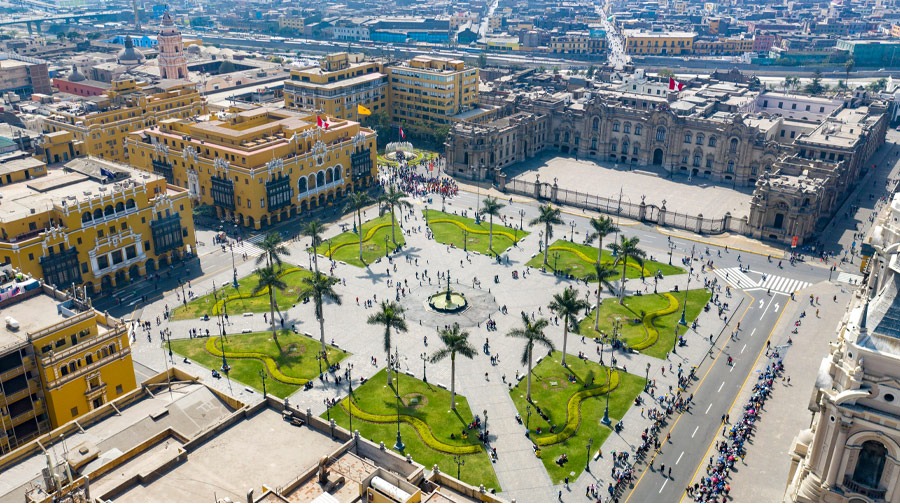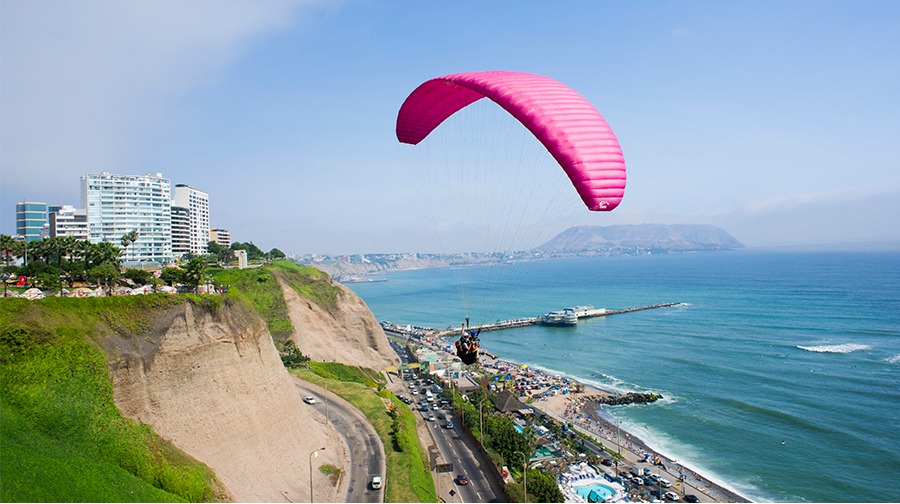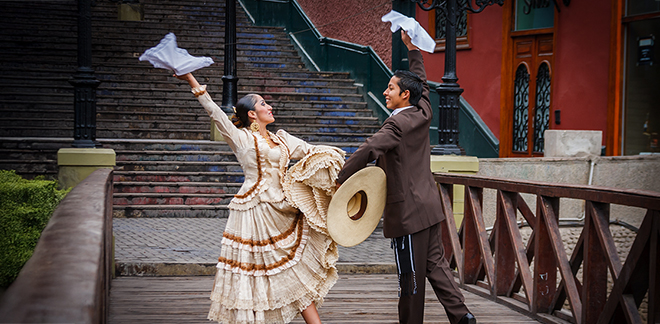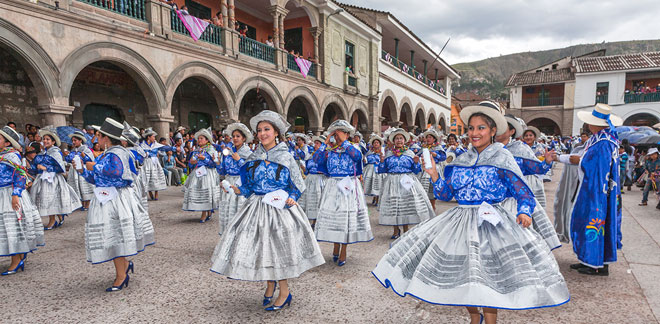Five curious facts that you did not know about Lima
Síguenos en:Google News
When was the Historic Center declared a World Heritage Site? What is the Cercado de Lima? Did you know that Lima is the only South American capital with a sea view? We give you the answers to these questions and other interesting facts about the capital of Peru.
This January 18, Lima celebrates 487 years since its foundation. The capital of Peru is home to more than 10 million people, but its history still hides many secrets and curious facts that not everyone knows. Every year, according to the Ministry of Foreign Trade and Tourism, the capital is visited by 11.8 million people seeking to learn more about this fascinating city, full of history, unique architecture and tourist attractions.
If you live in Lima and want to know a little more about it or you live in the interior of the country and you are interested in knowing more about the Peruvian capital city, these are some curious facts that will surely arouse your interest and motivate you to explore Lima.
CULTURAL HERITAGE OF HUMANITY
The Historic Center of Lima includes the Main Square of Lima, the Cathedral of Lima, the Archbishop's Palace of Lima, the Church of Santo Domingo, the convent of San Francisco, among many other tourist attractions. Thanks to this, in 1991 the Historic Center of Lima was declared a World Heritage Site by UNESCO.
WHAT IS THE CERCADO DE LIMA?
The district that we know today as the Cercado de Lima was effectively walled between 1684 and 1868. The wall was built by Viceroy Melchor de Navarra y Rocafull with the aim of preventing possible pirate attacks, but this never happened. Almost two centuries later, the government of President José Balta decided to tear down the walls to allow a better growth of the city.
A RICH PRE-HISPANIC PAST
Although the current city was founded in the 16th century, the space it occupies dates back much earlier. Its history begins with the appearance of the Lima Culture (200 BC-600 AC), which managed to integrate the Chillón, Rímac and Lurín valleys under its rule. It also extended to the Chancay valley to the north and the adjacent mountain ranges to the east. Later, the territory is occupied by the Ychsma Culture, but it is finally conquered by the Inca Empire in 1470. Due to these centuries of pre-Hispanic presence, in Lima there are 431 archaeological sites -known as huacas- and 377 of them have been declared Cultural Heritage of the Nation.
THE ONLY SOUTH AMERICAN CAPITAL WITH A SEA VIEW
The geographical location of Lima is unique in the region since there is no other South American capital that has a sea view. To make better use of this enormous potential, the Costa Verde was built in the 1970s, granting access to the beaches of the coastal districts of the capital. Nowadays, the people of Lima can freely visit the beaches and practice water sports such as surfing or swimming and even go fishing.
THE GASTRONOMIC CAPITAL OF LATIN AMERICA
Lima has received multiple awards as a notable gastronomic destination and is even considered the Gastronomic Capital of Latin America. Peruvian cuisine is one of the main reasons why foreign tourists visit the city, which year after year tops the rankings of the best restaurants on the continent. In the latest edition of “The World's 50 Best Restaurants” awards, the prestigious international contest that recognizes the best restaurants on the planet, both globally and in Latin America, a total of 18 restaurants in Lima were included. Among all of them, Central, by chef Virgilio Martínez, ranked 4th worldwide and 1st in Latin America. In addition, Maido, by chef Mitsuharu 'Micha' Tsumura, reached the 7th global position and was the 2nd best in our region.









